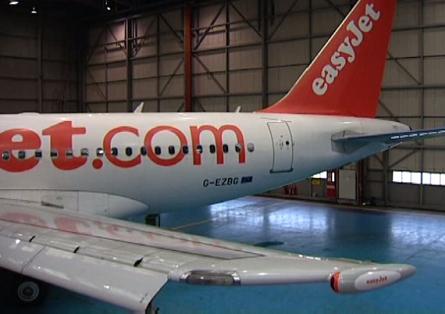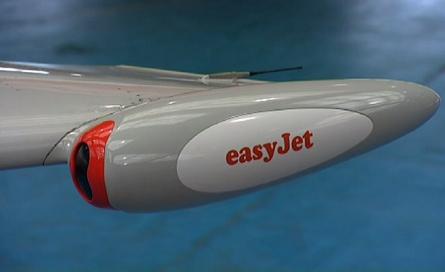Volcano activity in the Pacific 'ring of fire' region is being monitored as a potential testing ground for an airborne ash-detection system touted by budget carrier EasyJet.
EasyJet has been supporting development of the Airborne Volcanic Object Identifier and Detector (AVOID) system and says a prototype is ready for testing in ash conditions.
A detector has been installed on the wing-tip of an EasyJet Airbus A319 (G-EZBG), in place of the left wing-fence.
But the carrier says that the programme needs funding and that a request is to be submitted to the European Commission to back the project.
 |
|---|
© EasyJet |
EasyJet gave the update at the close of a two-day Eurocontrol exercise aimed at assessing new procedures for dealing with a volcanic crisis similar to that which disrupted European air operations last year.
"We can't predict exactly when another volcano will erupt and send an ash cloud into European airspace but we can say with certainty that it will happen again at some stage," says EasyJet head of engineering Ian Davies.
 |
|---|
© EasyJet |
AVOID uses infra-red technology to provide an image of ash contamination up to 100km ahead of the aircraft, in a manner similar to weather radar. It has been developed by the Norwegian air research institute NILU, under Fred Prata who conceived the idea.
EasyJet says that volcanic activity in the Asia-Pacific and Alaskan regions is being watched as the development team considers a site for testing over the next few months.
It claims that just 100 aircraft - including 20 of its own - fitted with the equipment would allow "comprehensive coverage" of Europe and enable authorities to build an informed picture of affected and unaffected airspace during a future eruption.
Source: Air Transport Intelligence news























